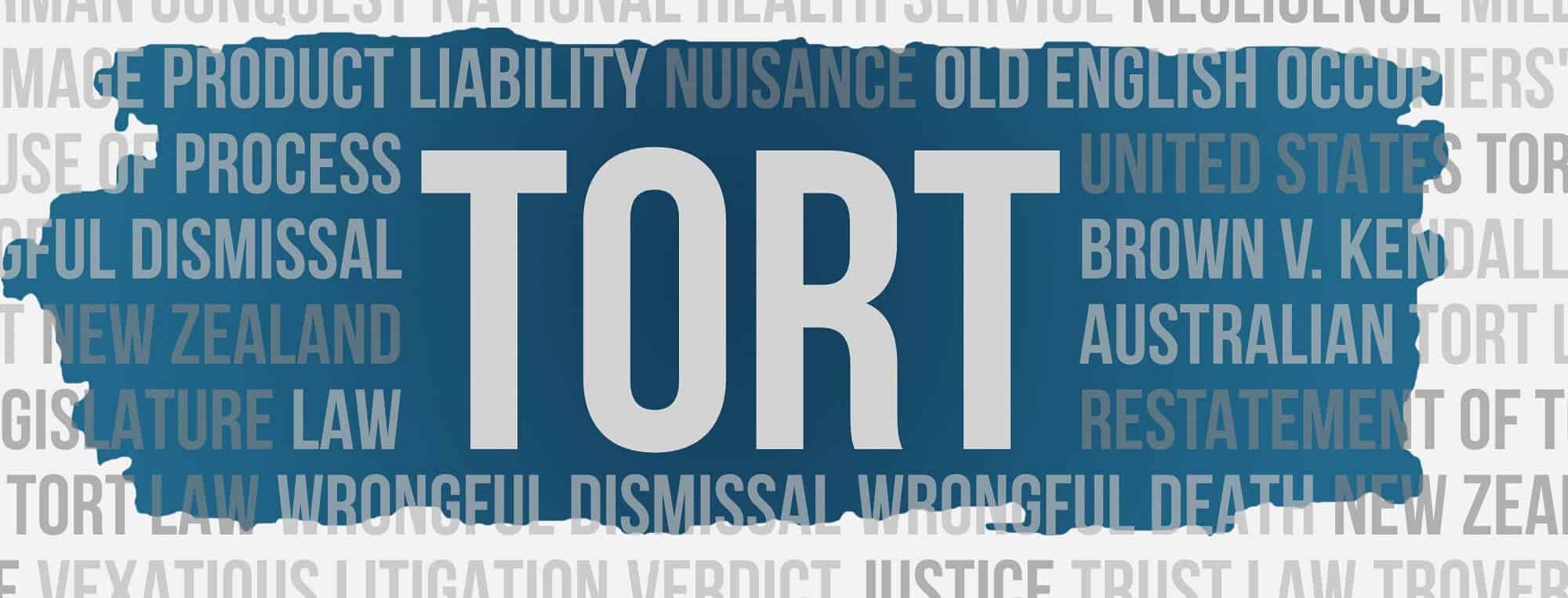In Queensland, there are two types of conspiracy: lawful and unlawful conspiracy.



In Queensland, there are two types of conspiracy: lawful and unlawful conspiracy.
Lawful conspiracy refers to an agreement between two or more parties to commit a lawful act with the predominant purpose of injuring or damaging another party, and the act is then carried out and the purpose achieved.
Unlawful conspiracy refers to an agreement between two or more parties to commit an unlawful act with the intention to injure the plaintiff, and the act is then carried out and the intention achieved.
What the two torts have in common is that they both require proof of the conspiracy. The plaintiff must show that the defendants had an intention to injure, that this intention was carried into effect, and that damage was caused to the plaintiff.
It is generally accepted as unlikely that the plaintiff will be able to make particularised allegations regarding the actual agreement between the defendants that amounted to the conspiracy. The plaintiff will therefore generally only be required to show the overt acts relied on to justify an allegation of conspiratorial agreement.
For unlawful conspiracy, the plaintiff must prove the agreement between the parties was to engage in conduct that amounted to unlawful means.
For an unlawful means of conspiracy, the plaintiff must prove that the conspiracy was carried into effect by commission of the agreed unlawful acts, and those agreed unlawful acts caused damage to the plaintiff. This is not required for lawful conspiracy.
Whether you need to prosecute a conspiracy in the civil courts, or you want to defend a conspiracy claim, Gibbs Wright Litigation Lawyers are experienced, dedicated and love to win. Call us today for a free, no obligation consultation about how we might be able to assist in your particular circumstances.


Gibbs Wright Lawyers Level 7,193 North Quay Brisbane City Queensland 4000 Australia
© 2023 Gibbs Wright Litigation Lawyers. Brisbane, Queensland
Liability limited by a scheme approved under Professional Standards Legislation